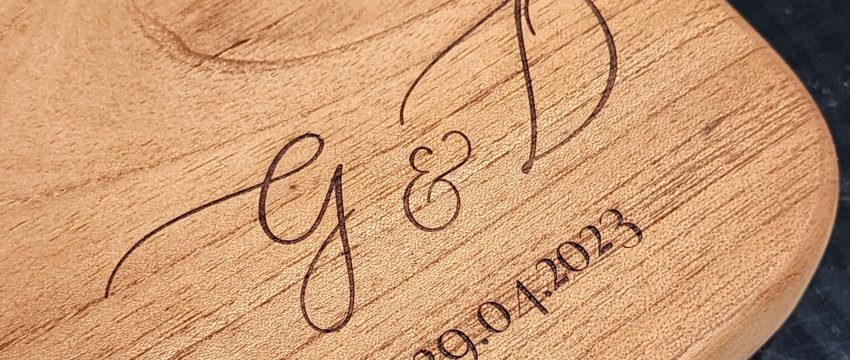Laser engraving has its nuances and potential stumbling blocks for beginners and advanced users alike. Although it is a relatively straightforward process, some common pitfalls can still lead to less-than-desirable results, wasting time and material. Fortunately, with attention to detail and careful preparation, these issues can be avoided altogether.
Let’s discuss how to avoid these pitfalls so you can achieve optimal results in laser engraving.
Inadequate Material Preparation
In the earlier blogs, we discussed the materials suitable for laser engraving. But even with the right material, inadequate preparation can lead to subpar results. Removing any dirt, dust, or debris from the surface of the machine bed and the material itself will help avoid any imperfections or discoloration in the engraving.
Flatten and level the material to ensure a consistent depth of engraving. If the material is not flat, the laser beam may focus at different depths, resulting in uneven or distorted engravings.
To know more about the materials we work with, check out our comprehensive guide on the best materials for laser engraving.
Incorrect Speed and Power Settings
The speed and power settings on a laser machine determine the depth and intensity of the engraving. If the settings are too high, burn marks may appear, and the engraving may be too deep, cutting through the material entirely. On the other hand, if the settings are too low, the engraving may be too shallow, making it difficult to see.
Each material and laser machine may require slightly different speed and power settings for optimal results. Calibrate your machine and conduct test runs on scrap material to find the right settings for each project. Testing will save time and materials in the long run.
Design Flaws
The design stage is where your creative ideas take shape, but overlooking details here can lead to underwhelming results. A common mistake in this stage is using complex or intricate designs that are too small for the laser to accurately engrave. The general rule of thumb is to keep designs at least 1/16 inch or 1.5 mm in size and avoid fine details that may not translate well during the engraving process.
Accordingly, colour contrast will help make the design more visible. For example, light-colored designs on dark materials or vice versa will have a more significant impact than similar colours placed together.
Ignoring Safety Precautions
Workplaces should comply with safety regulations to protect employees and reduce the risk of accidents. In laser engraving and cutting, ignoring safety precautions can have severe consequences. Incorrect use of the machine and engraving the wrong materials can result in fumes, vapors, and toxic gases that are harmful to the operator’s health. Eye injuries, lung irritation from fumes, and skin burns are common accidents that can occur if safety precautions are not followed.
Laser engraving should be done in a well-ventilated area so that fumes can be sucked away from the operator. Only the well-versed operators in our team conduct laser engraving work – they are familiar with the material safety data sheet (MSDS) for each material we work on and check its compatibility with laser work.
